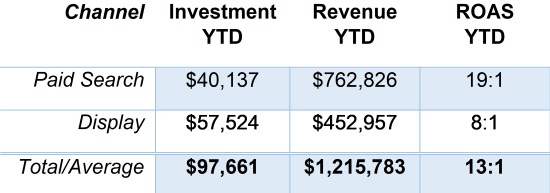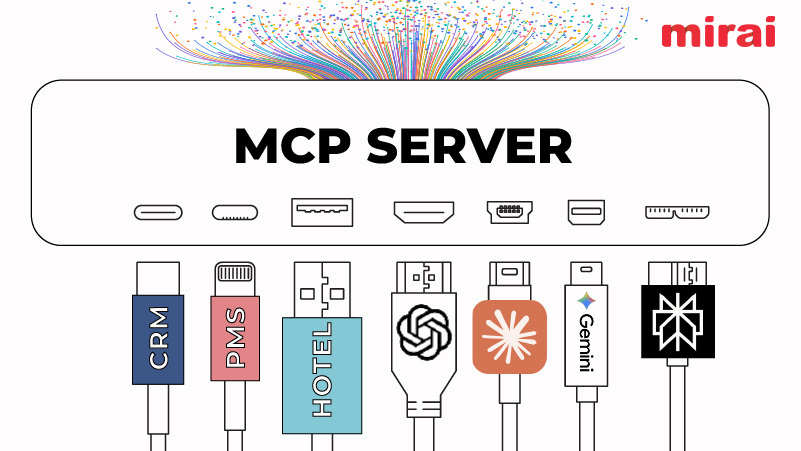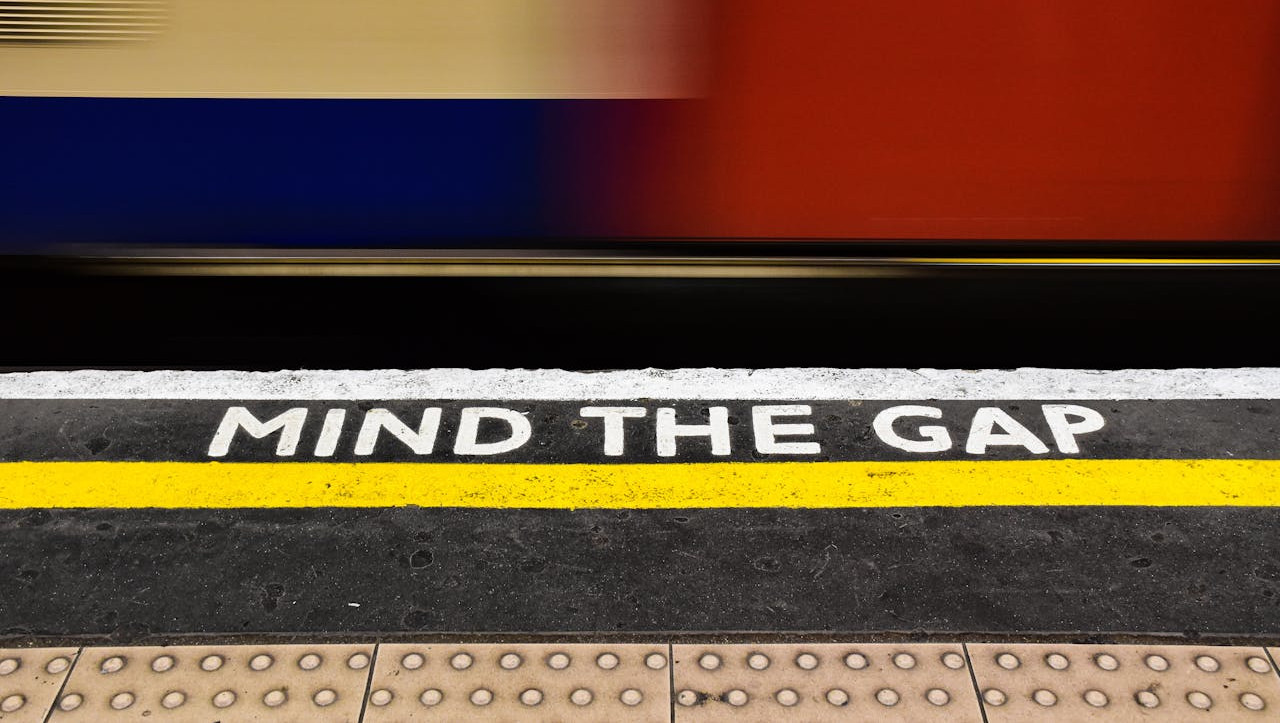
As digital marketers, we always focus on return on investment (ROI) and return on advertising spend (ROAS). It’s a core indicator across any vertical and a key expectation of any hotel owner or management company.
But what if we turned that expectation upside down? What if we focus on the bottom line impact and net operating income (NOI) instead of the top?
Over the past decade, I’ve had the luxury of working for the smartest hoteliers and owners in the business and there is one question I consistently get asked: “10:1 ROAS is great, Michael, but is it incremental and is it impacting the profit line?”
Two really tough questions rolled into one. Now that I am on the SaaS side of the hotel business, I want to break this down and address these two areas.
Breaking it down
First, let’s set a baseline. For this study, I will refer to a real-life example of a well-known hotel brand in North America (which I will call Hotel Origami for this scenario) which has a $200k annual digital marketing spend.
Why branded vs. an independent? In my opinion, it’s the toughest to prove. Brands have a well-established distribution network and already pay for brand marketing initiatives.
There is also the prevailing industry sentiment of “Why would I spend additional money on digital marketing when I have brand ads running already? What else do we really need?” I call this “the build it and forget it” mentality.
Now let’s first look at the media mix and year-to-date (YTD) results of Hotel Origami’s digital marketing investment:

The YTD results here are positive, led by paid search, in particular, branded terms. Display results here are very strong, driven for this hotel by remarketing, travel intent and behavioral campaign performance, both view-through and click-through (we will address the view-through and attribution later in the piece).
Now that we have a clear picture on the top line impact, we can move to the bottom line.




